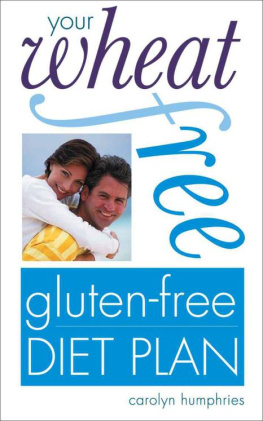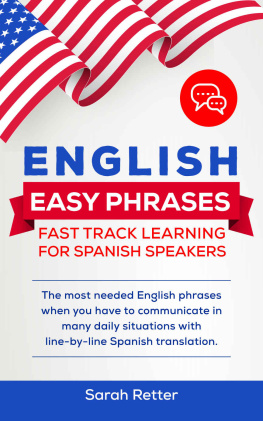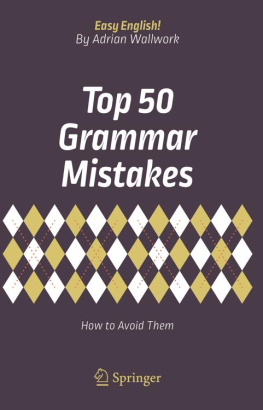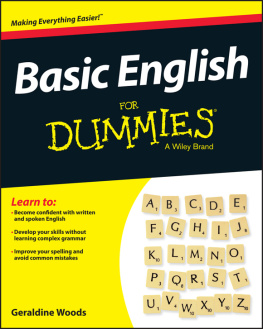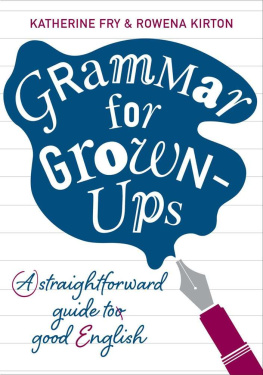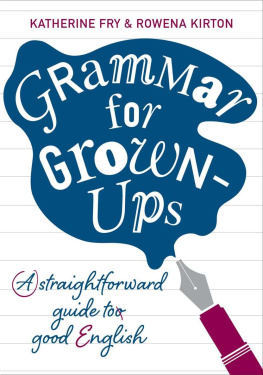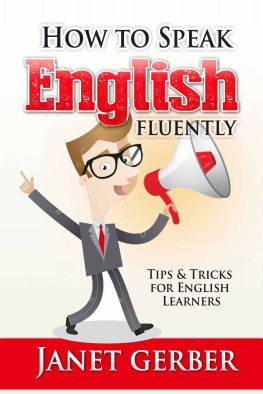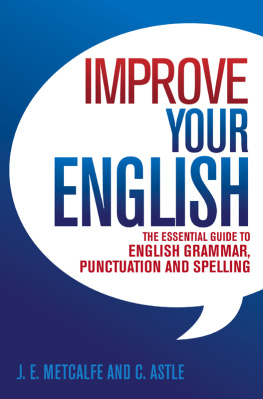
Table of Contents
Introduction
If you've ever tried to use a grammar book to look up something straightforward - such as when to use 'that' or 'which', or where to put the apostrophe when a word already ends in 's' - you'll know it's virtually impossible to find what you want. Even the books supposedly designed for people with no knowledge of grammar seem to use complicated jargon, and you need a natural ability for the subject and a desire to plough through endless paragraphs of complicated text just to pinpoint your problem. When it comes to spelling, dictionaries aren't much help either - if you can't spell a word, how are you supposed to find it in the first place?
This book is different. It's a concise and practical reference book, all about best practice in written communication. It contains everything you need to know to help you write clearly and correctly, but it won't confuse you with complicated terminology, unnecessary detail or convoluted explanations. Everything is in plain, sensible English with lots of examples illustrating each point. Most topics are cross-referenced to help you find them easily and, where necessary, information is placed in more than one section so wherever you look for it, you'll find it straight away.
Really Simple English Grammar is designed as a useful, working guide to help you avoid all the most common written mistakes - and to improve your spoken English at the same time. It is not designed as a formal reference to cover every conceivable grammatical point and it deliberately includes only the most common grammatical terms so you can really get to grips with the basics. Of course, if you do get hooked on grammar - you may not believe me but it can be fascinating! - you can go on to study it further.
Keep this reference book to hand, ready to dip into when you're writing anything from a letter to a literary masterpiece. You'll soon find that you can impress your friends and colleagues with your new-found expertise and you'll have much more confidence in the way you use English.
The hardest bit - where to start
Don't be put off when you glance at the first chapter. It looks complicated but it isn't. The problem with grammar is that there is no beginning and no end - it's more of a continuous circular route. For instance, it's hard to explain how to construct a sentence without first explaining what verbs and nouns are; but it's just as hard explaining what verbs and nouns are without first defining what constitutes a sentence!
This book starts with the basic parts of speech so that you can become familiar with what each word in a sentence does. Then I take you through how to build up your sentences, putting in the correct punctuation as you go; and finally the last chapters guide you through those little idiosyncrasies of English spelling that catch even the best of us out from time to time.
You don't have to start at the beginning and read the whole book like a novel. You may just want to dip into the section you need to check a particular point that is bothering you. But, if you do want to learn from scratch, you can start from Chapter 1 and gradually build up your knowledge, chapter by chapter.
You'll be amazed at how quickly you begin to understand English grammar and all its irregularities. Soon you'll find yourself noticing when other people make mistakes. But don't be a bore and point them all out - just enjoy being a silent, smug know-it-all!
1
Parts of Speech
Everything we write and say is expressed in words, which may stand alone or be linked together into phrases and sentences. Under the rules of grammar, words are put into different categories called parts of speech and the first step towards using speaking and writing correctly is to learn what these are and how they function. In this chapter we are going to explain what the parts of speech are and how you use them. The parts of speech are:
- Verbs: Words that involve being or doing
- Nouns: Words that name
- Pronouns: Words that replace nouns
- Adjectives: Words that describe
- Adverbs: Words that qualify or tell you more
- Prepositions: Words that link a noun or pronoun to the rest of the sentence
- Conjunctions: Words that join two parts of a sentence
In written English, these parts of speech are strung together into groups of words, to form sentences. Each sentence can be broken down into short sections, called clauses and phrases. In order to write correctly, you must understand the meaning of these terms.
- Sentence: A complete statement, including a verb, that can stand on its own.
- Clause: A complete statement, including a verb, that is part of a longer sentence.
- Phrase: A group of words, without a verb, that is part of a longer sentence.
- Paragraph: A group of sentences on the same topic.

Watch out for vowels and consonants
The English alphabet has five vowels: a, e, i, o, u. Each single vowel may be referred to as short or long, depending on the way it is pronounced.
- Short a: hat
- Long a: hay
- Short e: bed
- Long e: these
- Short i: sit
- Long i: ride
- Short o: pod
- Long o: mole
- Short u: but
- Long u: flute, cute
The remainder of the letters of the alphabet are consonants. The pronunciation of each is constant, with the exception of c and g, which may be either hard or soft.
- Hard c: cat, panic, raccoon
- Soft c: face, cereal
- Hard g: go, bag
- Soft g: giraffe, rage

Watch out for syllables
A syllable is simply a single sound in a word. Cat has one syllable. Hedgehog has two syllables. Kangaroo has three syllables.
Verbs
Verbs used to be known as 'doing' or 'action' words. Some verbs clearly involve activity, for example
However, this definition is misleading because some verbs may involve no apparent action at all, such as
It is perhaps better to think of verbs as 'function' words.
There are several forms of each verb. The form of the verb given here, where it is preceded by to - as in to be, to go, to sing - is known as the infinitive.

Watch out for split infinitives
The famous line from the TV show Star Trek - 'to boldly go where no one has gone before' - is a classic example of a split infinitive. This is when an adverb (here, boldly) is placed between the words of the infinitive (to go). This used to be considered a heinous grammatical crime but today we are not so fussy; in fact, you can use it for emphasis, as Captain Kirk does here! It is no bad thing, however, to be aware when you are splitting an infinitive - in case you are challenged by a traditionalist - and you should always make sure it doesn't alter the sense or make the sentence awkward.
Next page
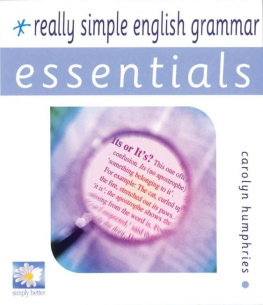
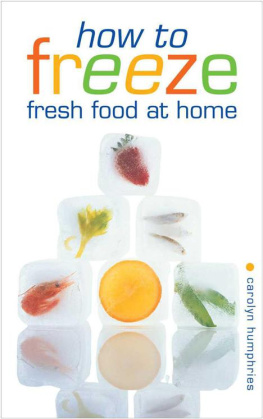
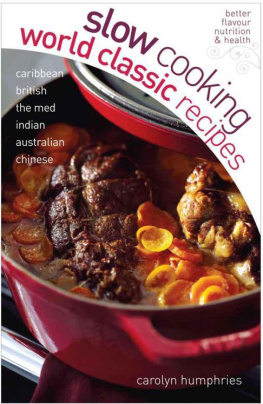
![Humphries - The low carb long term lifestyle : [with a twist of Mediterranean to add zest to your eating]](/uploads/posts/book/104760/thumbs/humphries-the-low-carb-long-term-lifestyle.jpg)
